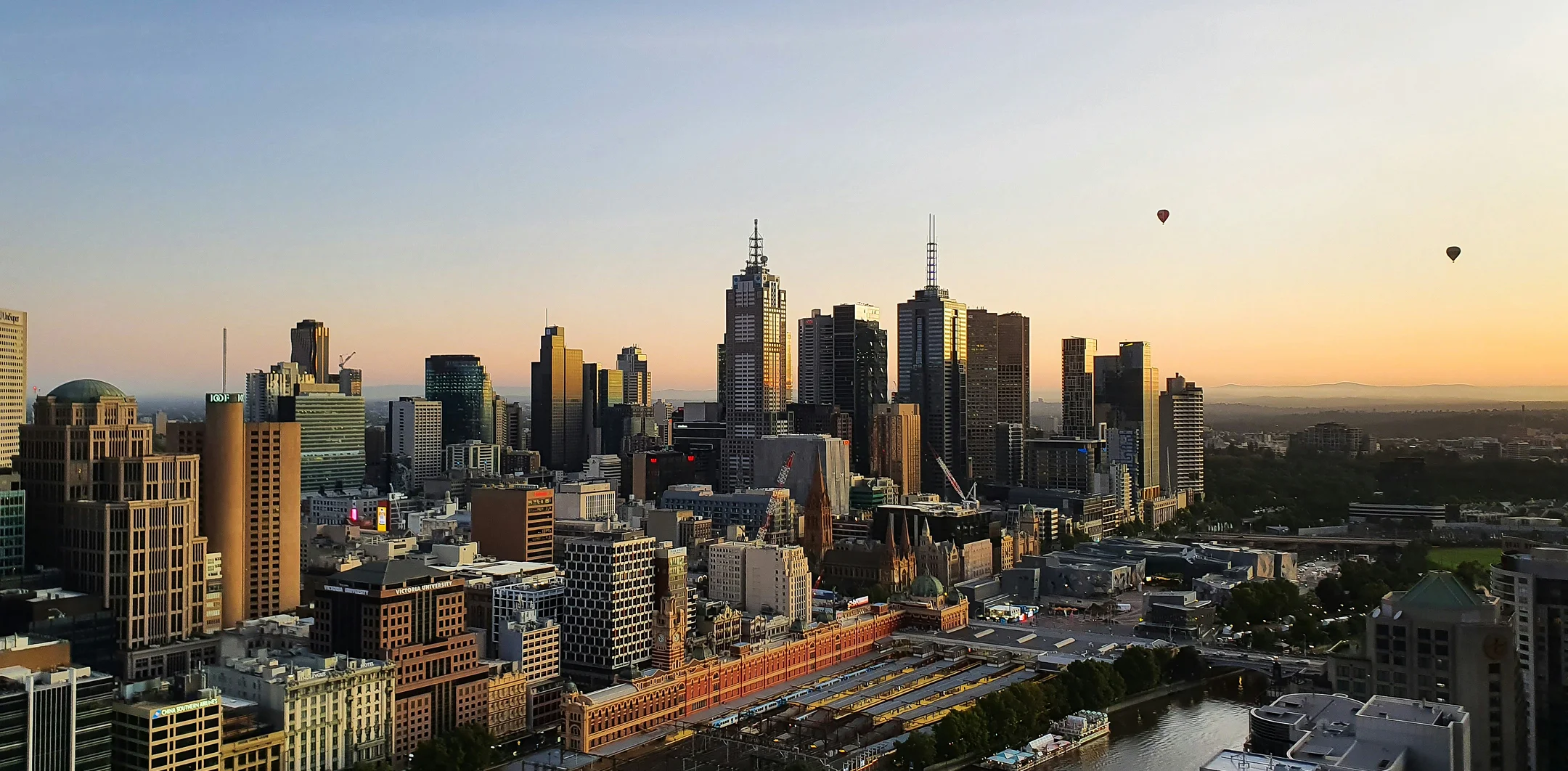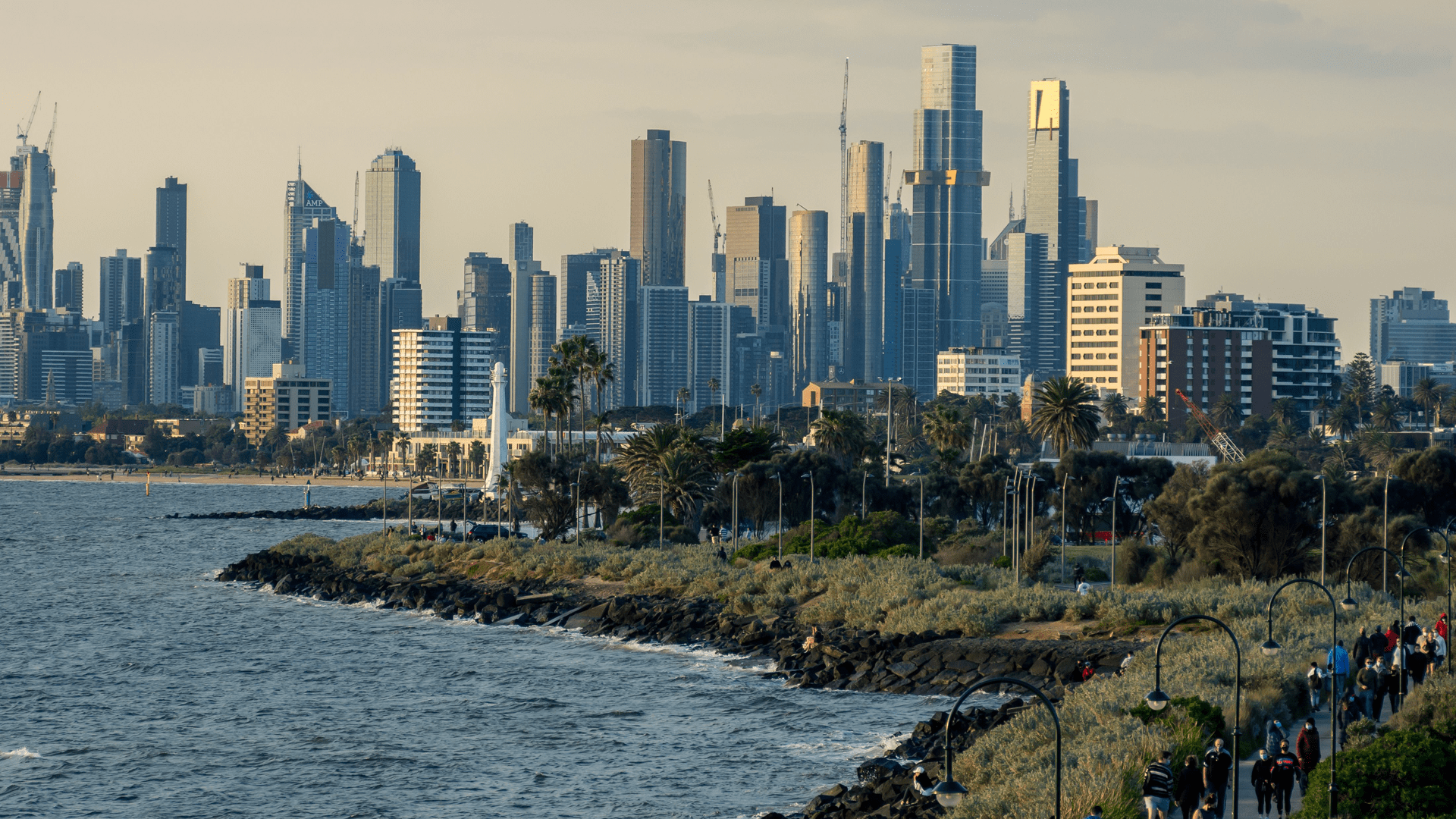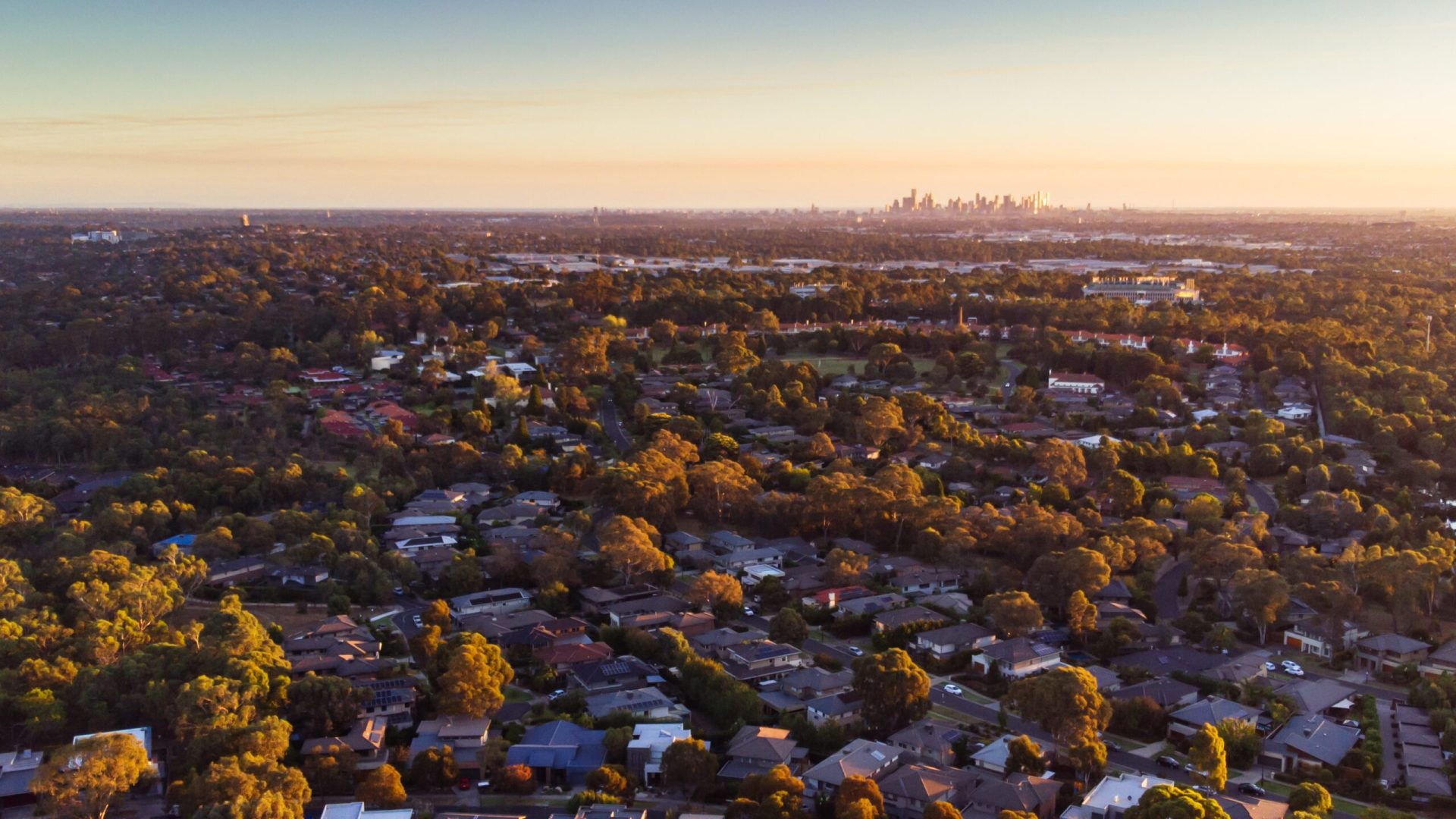Investing in property can be a fruitful way to build wealth, but as with any investment, it requires careful consideration and planning. While buying an investment property may seem straightforward, it can be daunting for those unfamiliar. With the right approach, however, the rewards can be substantial.
The first step is to determine whether you are ready to own an investment property. This means assessing your financial situation and understanding the responsibilities of a landlord. You will need to consider not only the cost of the property itself but also ongoing expenses such as maintenance, insurance, and property management fees. Additionally, you must be prepared for the time commitment involved in finding tenants, collecting rent, and handling any issues.
Assuming you are ready to take on the challenge, the next step is to consider your investment goals. What do you hope to achieve by investing in property? Are you looking for long-term capital growth or want to generate a steady stream of rental income? Understanding your objectives will help you determine the type of property to invest in and the strategies you will use to achieve your goals. Read on for more considerations in our guide to getting started with property investing in Australia.
The benefits of property investing
So why is property such a popular option for wealth creation in Australia? Here are some of the main advantages:
- Low Barrier to Entry: Property investment is often perceived as less risky than other investments, as it does not require specialised knowledge like niche markets such as NFT trading or cryptocurrencies. It also offers benefits such as capital gains, rental yield, and tax deductions.
- Capital Growth: The value of your property will likely increase over time, the amount of which depends on many factors like location, age, and size of the property..
- Rental Yield: Rental yield is the income received from tenants minus the overall costs of the investment. A rental yield between 6-11% is considered a good return for an investment, although rental yields differ from state to state.
- Investment in a Physical Asset: Property investment provides investors with a tangible, physical asset they can see and control. This tangibility offers confidence and control, which is not always guaranteed when investing in the stock market.
- Tax Deductions: A rented property can claim deductions for most expenses incurred during rental periods. Negative gearing tax breaks are available to property investors in Australia, which were introduced in the ’80s to boost construction and help accommodate the growing population. Capital gains tax discount is a tax incentive that allows investors to reduce their CGT by 50% if the asset has been owned for at least 12 months.
The drawbacks of property investment
While we’ve covered positive factors to consider when investing in property, there are also several potential drawbacks that investors need to be aware of. Here are some things to consider:
- Lack of diversification: One of the critical disadvantages of investing in property is that it can be a very concentrated investment. When you buy a property, you’re putting a large amount of your wealth into a single asset. As a result, if the property market suffers a downturn or the property itself experiences problems, you could be left with a significant loss.
- Illiquidity: Another potential drawback of investing in property is that it can be an illiquid asset. Unlike stocks, which can be bought and sold relatively quickly and easily, buying and selling property is a much slower process. If you need to liquidate your investment quickly, you may struggle.
- Maintenance costs: Owning a property includes ongoing maintenance costs that must be factored into your investment calculations. These can consist of repairs, maintenance, and property management fees. If you’re investing in a rental property, you’ll also need to factor in potential vacancy periods, which can impact your rental income.
- High entry and exit costs: Investing in property also comes with high entry and exit costs. You must pay stamp duty, legal fees, and other transaction costs when you purchase a property. You’ll need to pay agent fees and additional costs when you sell the property. These costs can add up quickly and eat into your potential returns.
- Regulatory risks: Governments can introduce new policies or regulations that impact the property market, such as changes to zoning laws or restrictions on foreign investment. These changes can have a significant impact on the value of your investment.
What type of property should you buy?
When deciding between a house and an apartment, the choice should be based on the investor’s intentions. It’s essential to weigh the costs associated with property ownership and to calculate the rental yield and return on investment.
For example, a three-bedroom penthouse apartment worth $2 million might rent for $1,500 per week, while a three-bedroom house in the same suburb might only bring in $850 per week. If the intent is to renovate or rebuild the property down the line, the rental yield may not be the top priority, as capital gains become more important for making a profit.
However, if the goal is to generate immediate rental income, you should focus on achieving the best possible rental yield. Ultimately, the decision to invest in a house or an apartment should be based on your investment intentions, whether that’s to prioritise capital gains or rental yield.
Choosing the best location for your investment
There is no one-size-fits-all solution when choosing the best suburbs for property investment in Australia, as it varies based on an investor’s circumstances and goals. Research is crucial to identifying growing suburbs, but predicting all factors is impossible. The pandemic, for instance, led to regional cities’ unprecedented boom.
Typically, experts advise investing in suburbs within the first 10km of the CBD as they offer both long-term capital gains and good rental yields. However, this may have changed with the rise of remote working, which makes commuting less necessary. Nonetheless, suburbs near the CBD are highly desirable places to live.
When choosing a suburb, it’s also essential to consider proximity to schools, transport links, and other attractive features, such as access to amenities like supermarkets or beaches. Noise pollution from highways and train lines can also affect a property’s value.
While some investors may be tempted to speculate on booming mining towns or follow the “hot spotting” strategy of purchasing property in areas expected to become popular, this approach is not recommended. There is no guarantee of success, and investors risk falling prey to hard sales tactics and hype. Ultimately, conducting thorough research and making informed decisions based on individual goals and circumstances is vital.
Important costs to consider when purchasing
When investing in property, various costs must be considered beyond the initial purchase price or mortgage repayments. Here are some of the most common investment costs:
- Stamp duty is a compulsory state-imposed tax charged when transferring a property from one owner to another. The amount of stamp duty varies between states and is calculated based on several factors, such as the property’s purchase price or market value, residency status, and property type. Check your state government’s stamp duty calculator online for a clearer idea of applicable costs.
- Conveyancing and search fees cover the legal work involved in buying a property and the transfer of ownership from the seller to the buyer. The fees typically include legal fees charged by the solicitor and disbursements charged by third parties for various searches and legal documentation. The cost of conveyancing fees ranges from $700 to $2500, depending on the complexity of the transaction.
- Property inspections are necessary to ensure the property is free of defects and structural issues. Investors should expect to pay between $500 to $900 for a qualified building inspector to conduct a thorough inspection.
- Additional ongoing costs include council and water rates, building and landlord insurance, body corporate fees for apartments or villas, land tax, property management, and maintenance costs. Before investing in property, be aware of these costs to ensure you can afford the ongoing expenses.
Determining how much you can borrow requires a trip to the bank. They will evaluate your borrowing capacity based on various factors, including the number of people on the loan, any dependents you have, whether you will be living in the property or using it solely for investment purposes, where the property is located, and your current income.
It’s important to understand that borrowing money from the bank for investment purposes can be risky. Investment loans typically come with higher interest rates and expenses when compared to loans for owner-occupied properties. This can increase the potential for more significant losses.
Ready to take the next step?
At OpenCorp, we take the time to get to know you and your financial situation. Our expert consultants will help you understand how investing in property can help you achieve your financial goals, and create a personalised investment strategy that fits your needs, ensuring you’re not overextended.
With our safe and proven approach to property investment, you can take control of your financial future. So contact OpenCorp today and take the first step towards achieving financial success.









